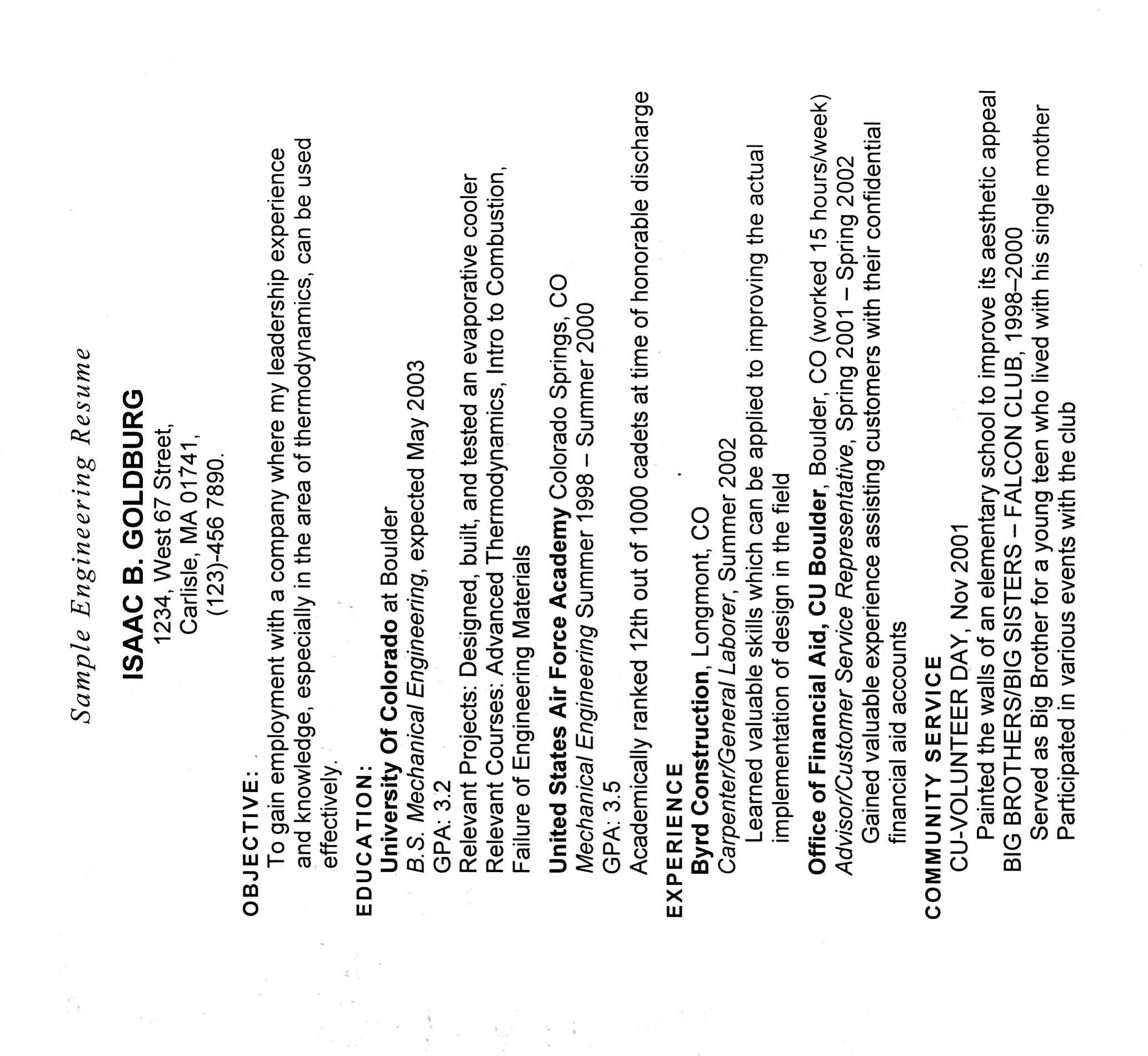
- •М.В. Жесткова, т.В. Ривкинд
- •Рекомендации по оформлению контрольных работ
- •Part one
- •Customs declaration
- •Tips for Completing the Customs Declaration
- •Thank you, and Welcome to the United States!
- •Resume Structure
- •(1) Writing the Contact Information Section of Your Resume
- •(2) Writing the Objective Section of Your Resume
- •(3) Writing the Education Section of Your Resume
- •(4) Writing the Experience Section of Your Resume
- •(5) Writing the Honors & Activities Section of Your Resume
- •Resume Writing Tips
- •Cover Letter
- •General Tips
- •Cover Letter Structure
- •(2) Body Section
- •(3) Signature Section
- •Formatting Rules
- •Sample Phrases for Writing a Cover Letter
- •Employer response time and applicant follow-up
- •Job Interview Why is the Interview Important?
- •Interview Presentation
- •The Interview
- •Interview Sample Questions
- •Job Application Form
- •Tips for Completing Job Applications
- •Sample Job Applications
- •Transportation system of the united states
- •Контрольная работа Вариант 2
- •Preparing a resume
- •Transportation system of japan
- •Контрольная работа Вариант 3
- •A job vacancy
- •Transportation system of great britain
- •Контрольная работа Вариант 4
- •Looking for a job
- •Transportation system of france
- •Контрольная работа Вариант 5
- •An interview
- •Transportation system of germany
(5) Writing the Honors & Activities Section of Your Resume
What is an honors & activities section?
This section of the resume highlights the relevant activities you have been involved with and the honors you have received that you could discuss with your prospective employer or that have given you valuable experience or skills. The section might include the following:
academic awards and scholarships
membership in campus, national, or international organizations
leadership positions held in campus, national, or international organizations
university and community service positions
date of award or dates of involvement in an activity
|
Sample: HONORS & ACTIVITIES Robert C. Byrd Four-year Academic Scholarship 1998 Dean's List Copy Editor, Purdue University's student newspaper August 1999-December 1999 Coach, local middle school soccer team August 1998-December 1998
|
Why write an honors & activities section?
to demonstrate that your work has been recognized as of a high quality by others;
to show among other things that you have initiative to do things even when not required;
to provide evidence that you are a well-rounded person;
to reflect your values and commitment.
Where should you place this section?
The honors & activities section is generally placed after the education and experience sections of the resume. Since this section is usually the last one on the resume, you can include as many or as few honors and activities as space permits.
Resume Writing Tips
Style
Proofread to eliminate all spelling, punctuation, and grammatical errors.
Use action verbs. Such verbs as designed, analyzed, created, performed, provided, managed, developed, participated, organized put your accomplishments in the strongest light.
Don’t use the first person I or any pronouns.
Avoid self-flattering terms such as "highly skilled, outstanding or excellent". Describe your accomplishments effectively and let readers decide for themselves that you are well-qualified.
Be honest and accurate, but not too modest.
Format
If possible, keep your resume to one page. Second pages often are not read. If, however, you have several publications or much work experience (10+ years), you may have to use two pages.
Make the page graphically-pleasing: leave enough white space.
Underline, bold face, and use bullets to emphasize your credentials.
Content
Put name, address, and phone number at the top of the page. If you have the second page, repeat your name at the top.
Highlight skills, accomplishments, capabilities and work experience. Give evidence of your personal impact: show not only that you completed tasks but that you contributed to organizational goals.
Include relevant data only; for example, include classes that have been most important in your education and are most relevant to the type of work you seek; don’t provide an extensive list of courses.
Cite numbers to convey size and/or scale of project, budget and staff supervised.
Give examples that demonstrate desirable personality traits such as leadership, interpersonal communication facility, confidence and independence.
Minimize personal information. Leave all these things off your resume: marital status, health, citizenship, age, religious, political affiliations, irrelevant scholarships and awards, irrelevant associations and clubs, irrelevant publications, travel history, previous pay rates and previous supervisor names.
It is standard practice to end the resume with the “References available upon request”. But this phrase may be left off. References can be listed separately and made available when requested. Some organizations will simply want to contact the references by telephone. Others may want a formal, letter of recommendation. Some letters of recommendation are confidential and sent directly to the organization or delivered by the applicant in a sealed envelope. Others are less formal. In any case, you should have a typed list of references with you when you go to interview. References should be professional references, not personal references. Reference lists should include:
references’ full name and title(s)
position in organization
work address
work telephone number
email address
context in which they knew you (supervisor, professor, etc.)
how long they knew you






Unit Three
